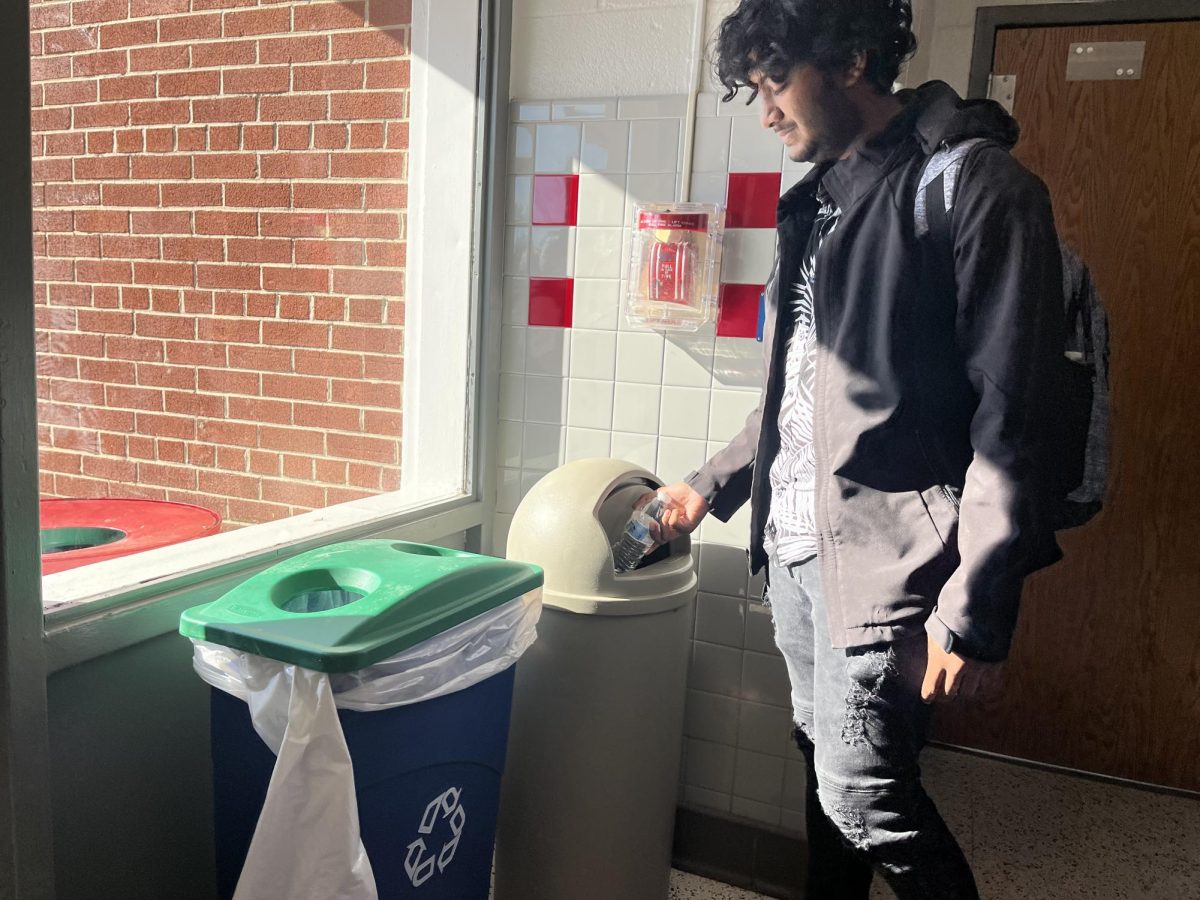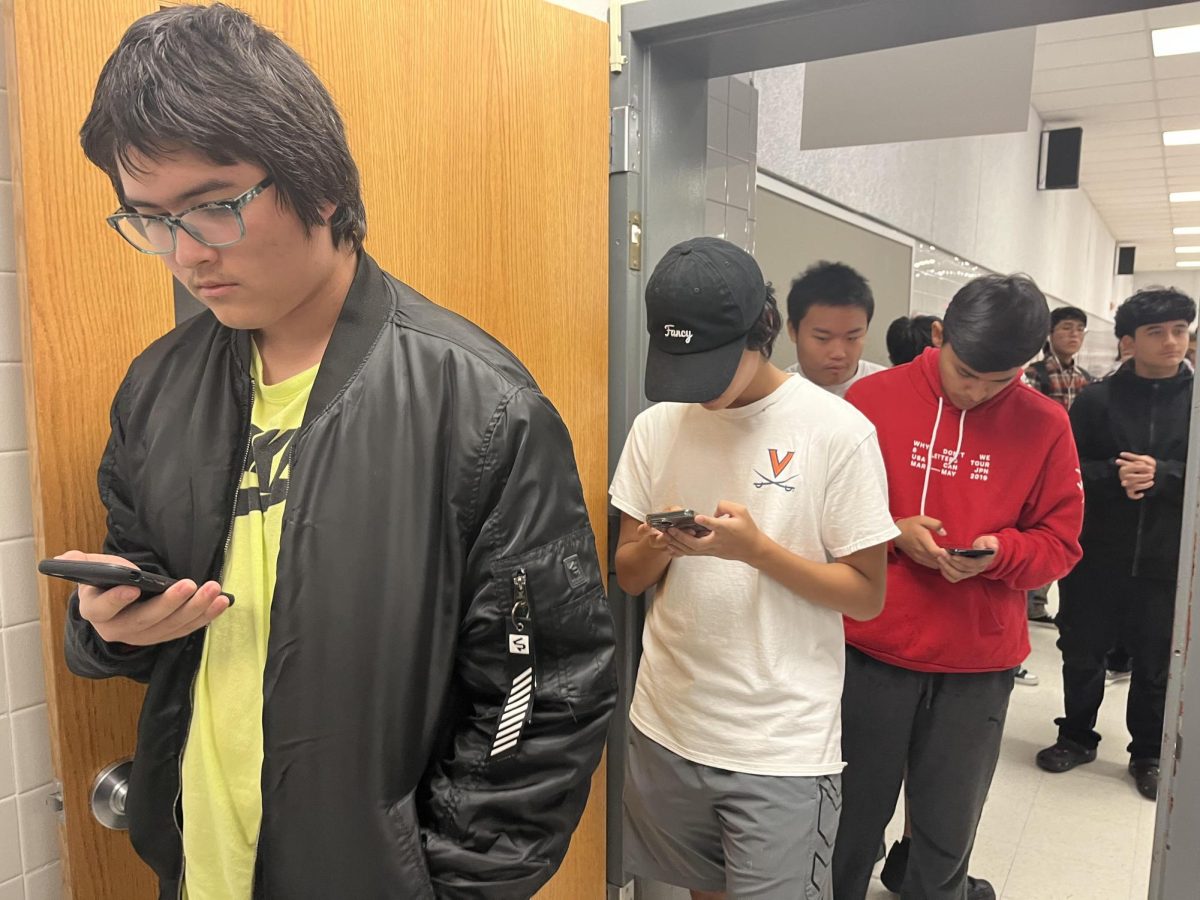Abraham Lincoln once said, “a house divided cannot stand.” Although he was referring to the Civil War, a much more dire situation, this statement is, unfortunately, applicable to the current state of the U.S. Congress. As the media has dubbed it, the “lame-duck” session of Congress, which terminated a few weeks ago, might have been productive, but its potential to pass more legislation with an overwhelming majority of Democrats was never fully realized.
Numerous pieces of hallmark legislation were passed under the Democratic-majority. The health care reforms and the repeal of “Don’t Ask, Don’t Tell” are some shining examples. However, the path to achieve this accomplishment was a much more difficult one than it has been in the past.
Around election time in November and inauguration time in January, voters hear the same sentiment across the board: “No more ear marks!” or “The days of old politics are over!” These promises have swayed voters for years, but it seems that voters are finally seeing these appeals as empty ones. Hard evidence of this would be the regaining of the majority in the House of Representatives by the Republicans after their overwhelming defeat two years ago.
Yes, there might be results to show from the 111th session of Congress. However, the finger-pointing throughout the past two years that has been completed in order to achieve that legislation by both sides of the aisle has been sickening and seems contradictory to the promises made by many of the candidates, who promised to stop the bickering, which seemed to plague Congress in years past.
A recent Princeton University podcast entitled “The Polarization of American Politics,” narrated by Professor Nolan McCarty, provided some unsettling statistics explain why things need to change and change quickly.
One of the most surprising examples highlighted by the report was a graph displaying information about Congress voting trends. It dates back to the 1870’s, just after the Civil War. It showed that the number of Democrats and Republicans voting completely differently is at an all time high, beating the record set during the Civil War.
However, the shortcomings of the lame-duck Congress were startled not only for exclusively news commentators and political pundits, but high school students as well. “It is a two-party system, but it’s not supposed to work like a split house,” sophomore Tom Updike said.
Remember what Lincoln said? A split house, a divided house, it’s all the same, and it’s no laughing matter. Teachers are also feeling the drag.“I think that there seems to be less of Democrats and Republicans working together, and I also think that anytime they work together, it’s behind closed doors, whereas in public, they seem to attack each other more,” government teacher Kellie Burke said .
Can this fever of partisanship that seems to have swept Washington be cured? Well, like any fever, only time can tell. However, there is always a starting point: fulfill the promises of bi-partisanship in issues that was promised in November.








